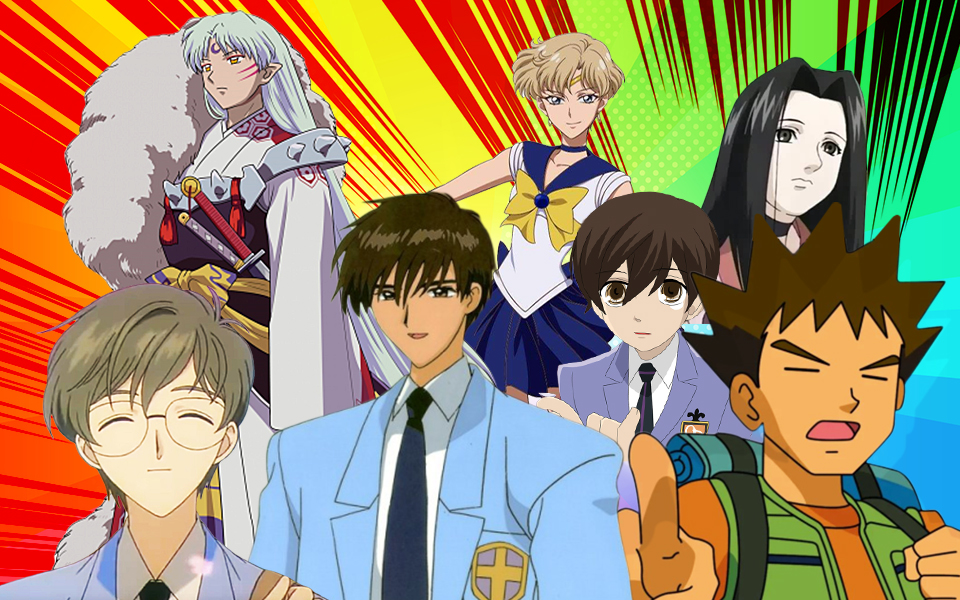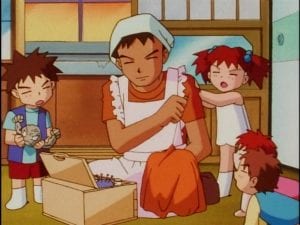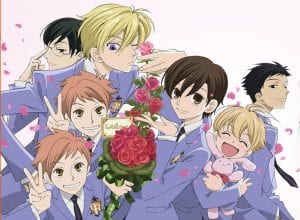
- Home
- India
- World
- Premium
- THE FEDERAL SPECIAL
- Analysis
- States
- Perspective
- Videos
- Sports
- Education
- Entertainment
- Elections
- Features
- Health
- Business
- Series
- In memoriam: Sheikh Mujibur Rahman
- Bishnoi's Men
- NEET TANGLE
- Economy Series
- Earth Day
- Kashmir’s Frozen Turbulence
- India@75
- The legend of Ramjanmabhoomi
- Liberalisation@30
- How to tame a dragon
- Celebrating biodiversity
- Farm Matters
- 50 days of solitude
- Bringing Migrants Home
- Budget 2020
- Jharkhand Votes
- The Federal Investigates
- The Federal Impact
- Vanishing Sand
- Gandhi @ 150
- Andhra Today
- Field report
- Operation Gulmarg
- Pandemic @1 Mn in India
- The Federal Year-End
- The Zero Year
- Science
- Brand studio
- Newsletter
- Elections 2024
- Events
- Home
- IndiaIndia
- World
- Analysis
- StatesStates
- PerspectivePerspective
- VideosVideos
- Sports
- Education
- Entertainment
- ElectionsElections
- Features
- Health
- BusinessBusiness
- Premium
- Loading...
Premium - Events

Gender diversity: What anime taught the 90s kids that school books didn't

In 2003, when Pokémon was first aired in India, it flooded classrooms with trading cards and tazos of Pikachus, Charizards, and Bulbasaurs. Surprisingly, even an anime as innocuous as Pokémon bucks gender norms as we are taught to understand them. Vinay, a 25-year-old photographer, remembers how anime shaped his thoughts on gender and queerness as a child. “Anime opened up my mind to the...
In 2003, when Pokémon was first aired in India, it flooded classrooms with trading cards and tazos of Pikachus, Charizards, and Bulbasaurs. Surprisingly, even an anime as innocuous as Pokémon bucks gender norms as we are taught to understand them.
Vinay, a 25-year-old photographer, remembers how anime shaped his thoughts on gender and queerness as a child. “Anime opened up my mind to the idea of gender beyond social performance,” he says.

He references Brock, a tough guy who uses rock-type Pokémon to fight but also wears a frilly apron, cooks and looks after his nine siblings. “This kind of a binary that says masculinity isn’t defined by the nature of the role you play was a wonderful thing to encounter. It helped me look at the world beyond my own well.”
Anime can have a profound impact on the way young viewers are introduced to concepts around queerness and gender at a young age, often without the biases that come with growing up in our society.
Anime TV series and movies feature more queer and non-binary characters than mainstream American media, which we are exposed to in large doses. While life in Japan in reality is difficult for sexual minorities, there is a culture around consuming entertainment (especially anime) that features characters who are queer, non-binary, or even genderless. This applies across the age spectrum. As a result, children in other cultures watching anime might find some of the scenes, bodies, and character interactions very different from anything they’ve seen before in a cartoon.
Boys hold hands with boys, some girls are extremely loving towards a female friend, some look like what we consider ‘feminine’ but are male… Anime can spur kids to ask questions or even discover that they relate to such ideas, though they may not even know the words for them.
Growing up in the 90s
Indian kids caught their first glimpse of anime in the 1990s, with shows like Cardcaptor Sakura and Dragon Ball Z. Kids then even had access to a channel dedicated to anime — Animax — which introduced them to gender nuances. While some glimpsed, others jumped headfirst into the rabbit hole.
Anime presents a vast universe of characters and characterisation, typically with young or school-going protagonists. When characters are diverse, it becomes easier to find a character to relate to.
Roshan, a 24-year-old sales associate, recalls watching Cardcaptor Sakura at the age of eight and how it helped him in life. “I found comfort in the characters, knowing that boys liking boys and girls liking girls was an acceptable thing,” he says, referring to Touya and Yukito, two boys from the series, who cared deeply for each other. “They kind of made the shock of realising I was gay easier to handle when I was in high school,” he explains. “I didn’t break down because I was part of an alternate universe where this (being gay) was completely okay. In fact, my initial ‘research’ about being gay was because of these characters.”
In popular American TV shows and movies, if a character is queer or a minority, it is made out to be a big part of their personality, reinforced over and over with bad stereotyping. For example, gay men and women ‘look’ or ‘act’ a certain way because of their orientation. Sexual orientation is turned into a personality trait, which it most certainly is not.
Anime, on the other hand, offers numerous titles centred on characters just living their day-to-day lives. It is their relationships and interactions with other characters that is the focal point of their personality, not their sexual orientation or gender.
Content creator Kshitija, 26, discovered anime at the age of 16 via a Korean pop band that performed the soundtrack for an anime that happened to have queer characters. “It was how I was introduced to homosexuality and queerness,” she says. “But I had a fluffy opinion of it; I learned about the atrocities queer people face later in college.”
She recounts a girl coming out to her and another friend. “It wasn’t awkward when she came out, as it wasn’t an alien concept to us. What anime taught me was that there are no hard and fast gender roles in a relationship. Stolen kisses, blushing, doing cutesy things for the one you love, are not restricted to only one type of a relationship.”
Representation in Shonen
In the past five years, anime has become more mainstream, with streaming platforms like Amazon Prime and Netflix pumping shows for viewers. The anime that has enabled this is primarily of the Shonen genre. Shonen is Japanese anime aimed at young boys, with popular titles being viewed by fans of all ages. The stories are typically coming-of-age epics, centred on a young boy and his friends.
However, the Shonen genre usually does a great disservice to its female and minority characters, often making a mockery out of them. For example, Sakura, the only woman lead in the anime Naruto, is always fainting, is ‘strong but not too strong’, and is hopelessly in love with the ‘badass’ (read: ass) Sasuke. Sakura and most of the other female characters end up as housewives in the series’ sequels. What’s awful is that Naruto is otherwise a fantastic anime.
One Punch Man, a great subversive shonen anime, features the character Puri-Puri Prisoner, a trans character who is a superhero, but exists only to be mocked about their appearance.
Madhu, a 27-year-old anime nerd, recalls an older shonen anime she watched as a teen — InuYasha. The epic fantasy’s main character is Kagome, a 14-year-old girl. One of the other characters Madhu recalls is Sesshōmaru, a tall and powerful male demon with ‘feminine’ features.
“Anime has changed the way I see gender and even my own sexuality,” she says. “For example, now when I look at a photo of a random person, I don’t ask myself about their gender, because it’s not my business. Older shows treated gender better. Nowadays everything is for like gags or shock value.”

Sanjana, 20, a student, started watching anime with movies from Studio Ghibli. She recalls an anime from 2006 called Ouran High School Host Club. It centres on Haruhi Fujioka. She is a biologically female character who sincerely does not care for gender norms. She has a short ‘boy’ haircut because she finds her long hair inconvenient, and dresses in male clothes due to circumstances in the story.
“People have thought I am a boy more times than I can count,” says Sanjana, “and I don’t always correct them because I don’t think it matters. Haruhi’s fine being seen as a boy or a girl because that doesn’t really matter when it comes to getting to know the real her.”
Today, with the potential for an anime to reach popularity on a global scale, many studios are aping big Shonen titles and cutting out or mocking queerness in an attempt to appeal to a wider audience. However, not all hope is lost. The most recent anime to take the world by storm is Attack on Titan, a dark and gritty fantasy-horror-steampunk-monster story. The plot is most decidedly Shonen, but the cast features canonically strong women, queer, and non-binary characters. Many people have described it as the ‘Game of Thrones of anime’. Hopefully, representation becomes a trend that sticks.
